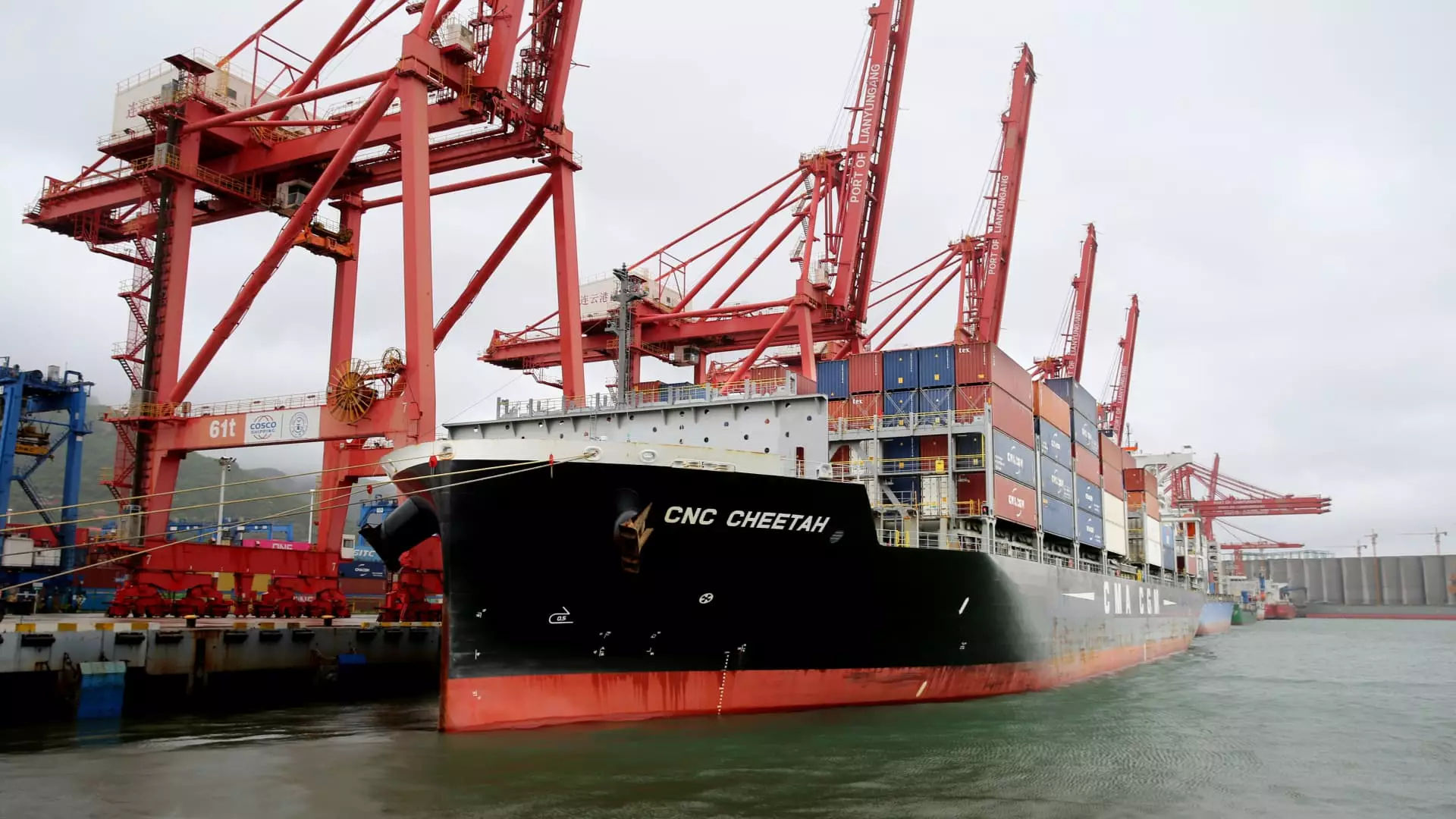In a disconcerting turn of events for American consumers and businesses alike, the current tariff rate imposed by the United States has reached heights unprecedented since the Great Depression era. According to a report from Yale Budget Lab, the effective average tariff rate stands at an alarming 17.8%, with echoes of protectionist policies that date back to 1934. This dramatic increase—an astounding 15.4 percentage points compared to pre-Trump levels—hints at a broader trend that could reshape the economic landscape of the nation for years to come.
Immediate Ramifications for Households
One cannot overlook the immediate fallout from these tariffs. The report indicates that each American household may bear an additional $2,800 in costs—a figure that paints a grim picture for families already struggling with rising living expenses. These tariffs significantly inflate the price of everyday goods, constraining disposable income and leading to a ripple effect on consumer behavior. With the economy recovering from the pandemic and inflation running rampant, the timing of these policy decisions raises serious questions about priorities in governance. Instead of fostering economic growth, these tariffs may serve as a roadblock to recovery.
The Mirage of Trade Agreements
Even with recent trade agreements with China and the United Kingdom, the promised benefits seem grossly overstated. The agreement with China, which slashes duties from 145% to a still-crippling 30%, is hardly a significant relief when viewed against the backdrop of previous tariffs. Similarly, the U.K. deal, lacking substantial specifics, continues to favor a 10% tariff that only marginally alleviates the burden on imported goods. The irony is palpable; while these agreements were heralded as victories, they offer little in the way of genuine economic relief without deeper reductions in tariff rates.
Behavioral Economics in Play
As these tariffs continue to wreak havoc, economists predict that consumers and businesses will inevitably adjust their purchasing habits to mitigate higher costs. This shift introduces a layer of complexity in analyzing the effective tariff rates. The Yale Budget Lab’s estimates suggest that if an adjustment takes place, the effective tariff could stabilize around 16.4%, aligning more closely with rates not experienced since 1937. These figures underscore how policy may inadvertently push both consumers and businesses toward alternative markets or products, thereby weakening domestic economic activity even further.
The Path Ahead: A Call for Rational Policy
As we grapple with the implications of these tariffs, it becomes increasingly clear that a reevaluation of U.S. trade policy is overdue. The current strategy seems mired in an outdated perspective that prioritizes short-term protection over long-term prosperity. It is crucial for policymakers to recognize that contemporary economies thrive on connectivity and cooperation, not isolationism. Navigating this intricate web of international trade demands a thoughtful, evidence-based approach rather than reactionary measures that serve to alienate allies and exacerbate economic challenges at home. Ultimately, lasting reform will require moving beyond the misgivings of the past and towards a progressive framework that embraces mutual benefit.

